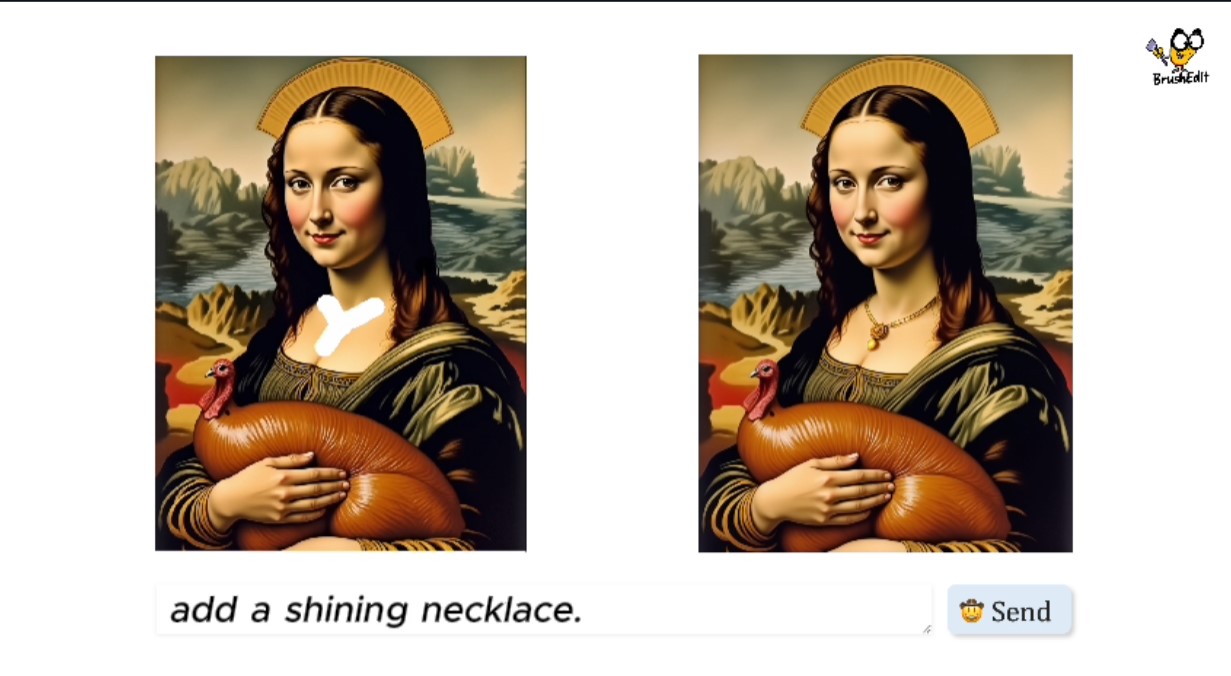https://github.com/TencentARC/BrushEdit







3Dprinting (173) A.I. (686) animation (336) blender (195) colour (228) commercials (46) composition (150) cool (359) design (629) Featured (66) hardware (304) IOS (109) jokes (134) lighting (279) modeling (117) music (183) photogrammetry (175) photography (749) production (1241) python (85) quotes (485) reference (309) software (1321) trailers (295) ves (529) VR (219)
https://github.com/Genesis-Embodied-AI/Genesis
https://genesis-world.readthedocs.io/en/latest
Genesis is a physics platform designed for general purpose Robotics/Embodied AI/Physical AI applications. It is simultaneously multiple things:
https://developer.nvidia.com/blog/high-fidelity-3d-mesh-generation-at-scale-with-meshtron/
Meshtron provides a simple and scalable, data-driven solution for generating intricate, artist-like meshes of up to 64K faces at 1024-level coordinate resolution. This is over an order of magnitude higher face count and 8x higher coordinate resolution compared to existing methods.

https://substack.com/inbox/post/153106976
https://techcrunch.com/2024/12/14/what-are-ai-world-models-and-why-do-they-matter/
A model that can generate the next frame of a 3D scene based on the previous frame(s) and user input, trained on video data, and running in real-time.
World models enable AI systems to simulate and reason about their environments, pushing forward autonomous decision-making and real-world problem-solving.
The key insight is that by training on video data, these models learn not just how to generate images, but also:
Some companies, like World Labs, are taking a hybrid approach: using World Models to generate static 3D representations that can then be rendered using traditional 3D engines (in this case, Gaussian Splatting). This gives you the best of both worlds: the creative power of AI generation with the multiview consistency and performance of traditional rendering.
https://github.com/ZachGoldberg/Startup-CTO-Handbook
You can buy the book on Amazon or Audible
Hi, thanks for checking out the Startup CTO’s Handbook! This repository has the latest version of the content of the book. You’re welcome and encouraged to contribute issues or pull requests for additions / changes / suggestions / criticisms to be included in future editions. Please feel free to add your name to ACKNOWLEDGEMENTS if you do so.
COLLECTIONS
| Featured AI
| Design And Composition
| Explore posts
POPULAR SEARCHES
unreal | pipeline | virtual production | free | learn | photoshop | 360 | macro | google | nvidia | resolution | open source | hdri | real-time | photography basics | nuke
FEATURED POSTS
Social Links
DISCLAIMER – Links and images on this website may be protected by the respective owners’ copyright. All data submitted by users through this site shall be treated as freely available to share.
